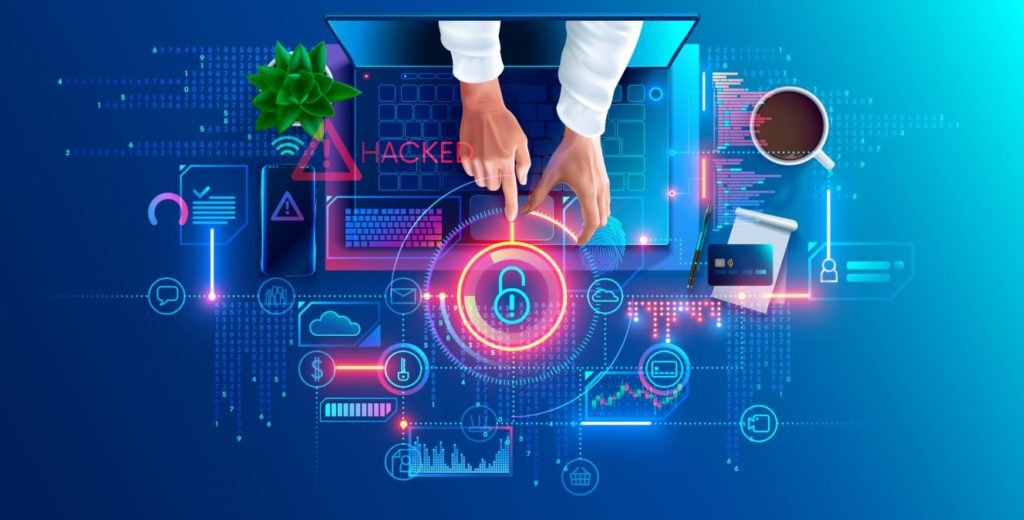Cloud security is more crucial than ever in today's digital environment, where the majority of businesses rely on cloud services for their crucial operations.

Businesses must make sure that their cloud environment is secure and resistant to potential threats as data breaches and cyberattacks continue to rise. A strong cloud security strategy ensures compliance with industry standards and regulations as well as protection against unauthorised access and data theft.
Businesses can maintain high levels of availability and uptime thanks to cloud security, which guarantees that their customers will always be able to access their vital applications and services.
Cloud Security Posture Management: What is it?
The proactive and automated monitoring and management of cloud security risks are known as Cloud Security Posture Management (CSPM). The cloud infrastructure of an organisation, including applications, data, and resources, can be scanned by CSPM solutions for security threats, configuration errors, and compliance problems. Businesses can prioritise security risks, gain visibility into their cloud security posture, and take action to fix vulnerabilities before they can be exploited with the aid of CSPM solutions.
Since it helps to reduce security risks, ensure compliance, and maintain business continuity, cloud security posture management is essential for companies operating in the cloud environment. Businesses can reduce the risk of data breaches, proactively identify and fix security issues, and shield sensitive information from unauthorised access by utilising CSPM solutions. Additionally, CSPM solutions assist businesses in adhering to legal and regulatory compliance standards like PCI-DSS, HIPAA, and GDPR in order to save money on costly fines and penalties.
CSPM solutions also give companies the ability to maintain high levels of availability and uptime, guaranteeing that their customers can always access their vital applications and services.
Benefits of Cloud Security Posture Management
Proactive threat identification: CSPM solutions enable businesses to take preventative action by using artificial intelligence and machine learning algorithms to identify potential security threats and vulnerabilities in real-time.
Automated compliance: By automating compliance checks and providing reports on compliance status, CSPM solutions assist businesses in achieving and maintaining compliance with industry regulations and standards, such as PCI-DSS, HIPAA, and GDPR.
Enhanced visibility: In-depth visibility into the cloud environment, including applications, data, and resources, is provided by CSPM solutions, assisting companies in spotting security risks and configuration issues before they can be exploited.
Rapid incident response: CSPM solutions help businesses respond quickly to security incidents while cutting down on the time and expense involved by delivering real-time alerts and automating incident response procedures.
Cost savings: By identifying and removing superfluous or redundant security measures, such as unused or improperly configured resources, CSPM solutions can assist businesses in lowering the costs associated with security.
Improved collaboration: By offering a single, centralised view of the cloud environment, CSPM solutions encourage cooperation between security teams and other business units, facilitating improved communication and collaboration on security-related issues.
Competitive advantage: A solid CSPM strategy can give an organisation a competitive edge by showing customers and stakeholders that a company takes security seriously and has the necessary safeguards in place to protect its sensitive data.
Ensuring Effective Cloud Security Posture Management
Assess your current security posture
Start by performing a thorough security assessment of your cloud environment, including its resources, data, and applications. This will assist you in locating any potential security risks and issues that need to be fixed.
Establish security policies and procedures
Define and put into practice security policies and procedures that are in line with your corporate objectives and legal obligations. Policies for access control, data security, and incident response should be included.
Use CSPM solutions
Use CSPM tools that make use of automation and artificial intelligence to quickly identify and address security risks. Utilising tools for compliance monitoring, vulnerability scanning, and configuration management are examples of this.
Train your staff
Inform your staff about best practices for cloud security, and give them the tools and training they need to spot and report security incidents.
Regularly monitor and test your security posture
To make sure that your cloud security posture remains effective over time, monitor and test it frequently. This entails routinely carrying out security audits, penetration tests, and vulnerability assessments.
Respond to incidents
Establish a plan for responding to security incidents that is well-defined and outlines the steps to be taken. This covers the protocols for containing the incident, estimating the damage, and informing the pertinent stakeholders of the incident.
Continuously improve
To make sure that your CSPM strategy remains effective over time, continually assess it and make improvements. This entails keeping up with new security threats, updating policies and procedures as necessary, and putting money into innovative tools and technologies to strengthen your security posture.
Conclusion
CSPM is an essential component of a comprehensive cloud and network security strategy that helps businesses to safeguard their data, maintain the trust of their customers, and achieve their business goals.
If you are aiming for a career in cybersecurity, you can check out the Post Graduate Cyber Security Couse by Imarticus.










